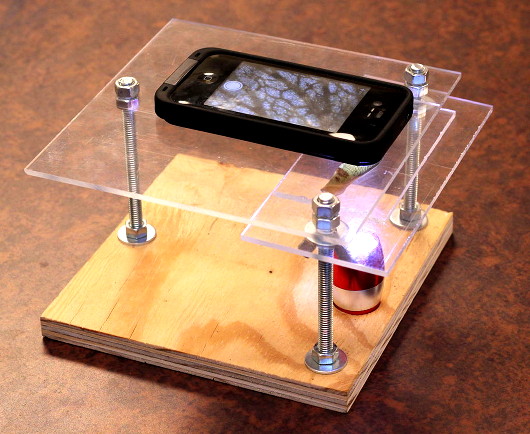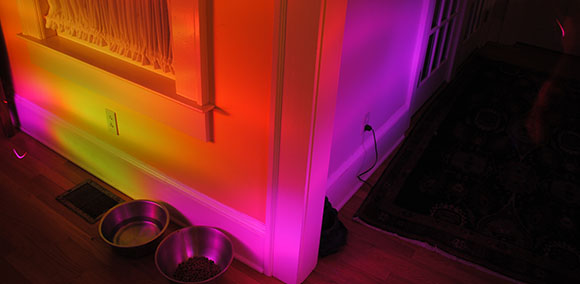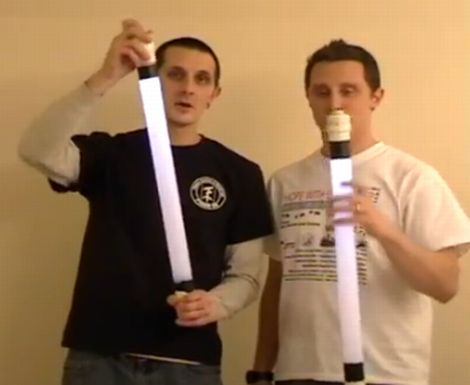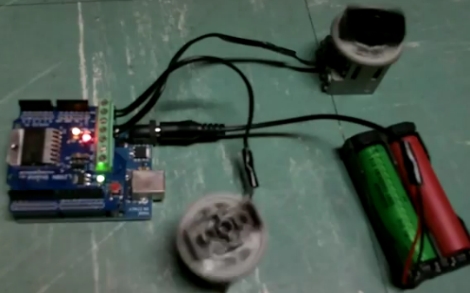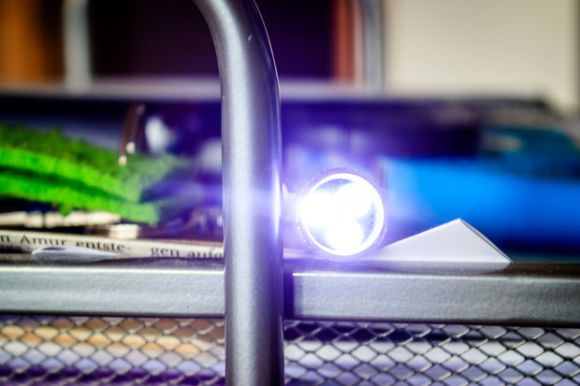
If you’re an aspiring film maker hoping to be the next [J.J. Abram] with a mild (severe?) obsession with lens flares, then this Instructable is for you!
Modern camera lenses are designed to prevent lens flare, but sometimes, just sometimes, you want a cool lighting flare in your video. Of course you could add them in post production, but that’s kind of cheating, and if you don’t have expensive video editing software, not very easy to do either.
Now you could just throw a super bright LED flashlight on set and hope for the best, but you’ll never get that cool Star Wars or Star Trek blinding purple line… unless you add something on your camera to help scatter the light! [Jana Marie] has figured out just how to do that. Continue reading “Making Manual Lens Flares With A Few Simple Parts”


